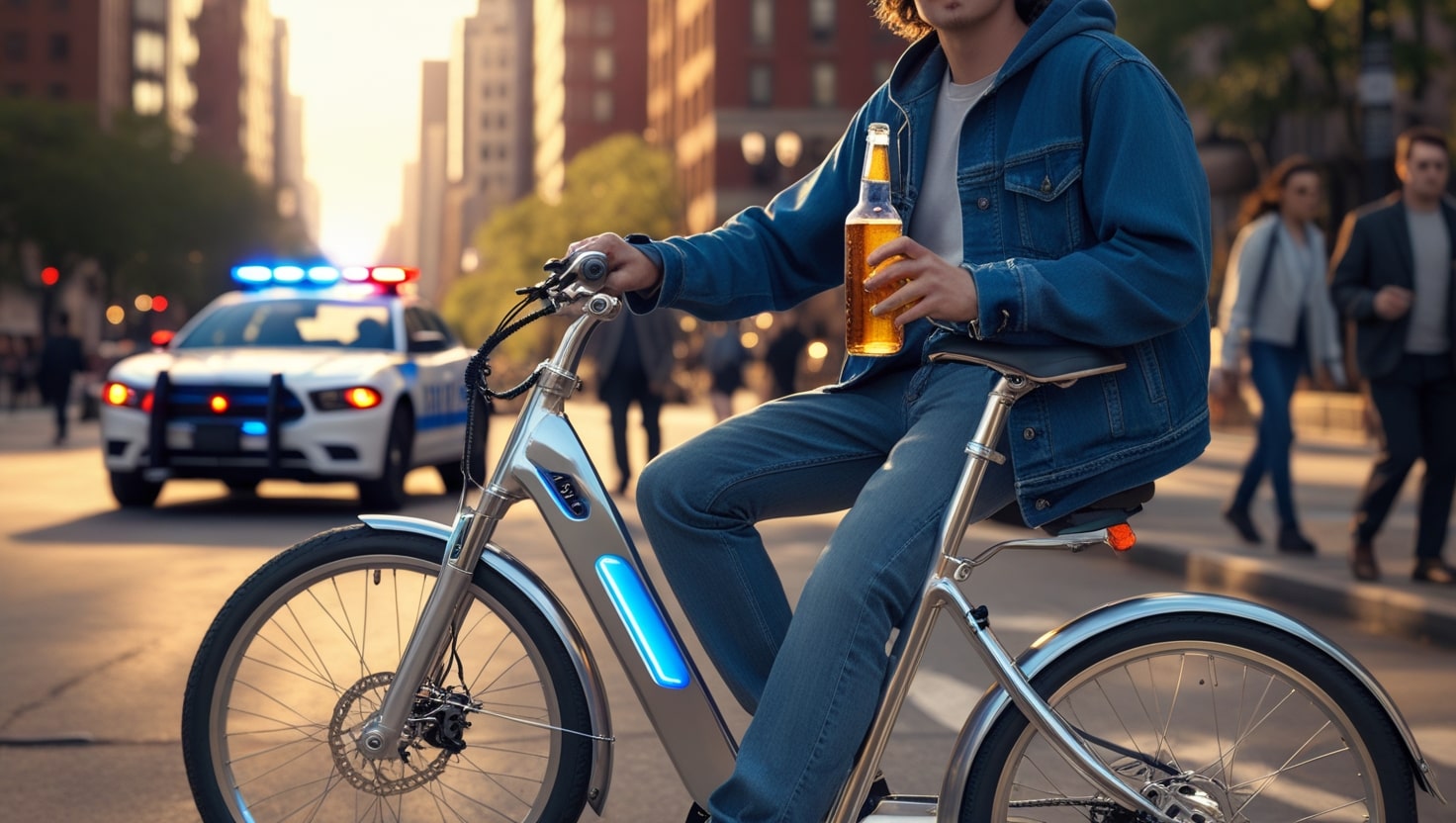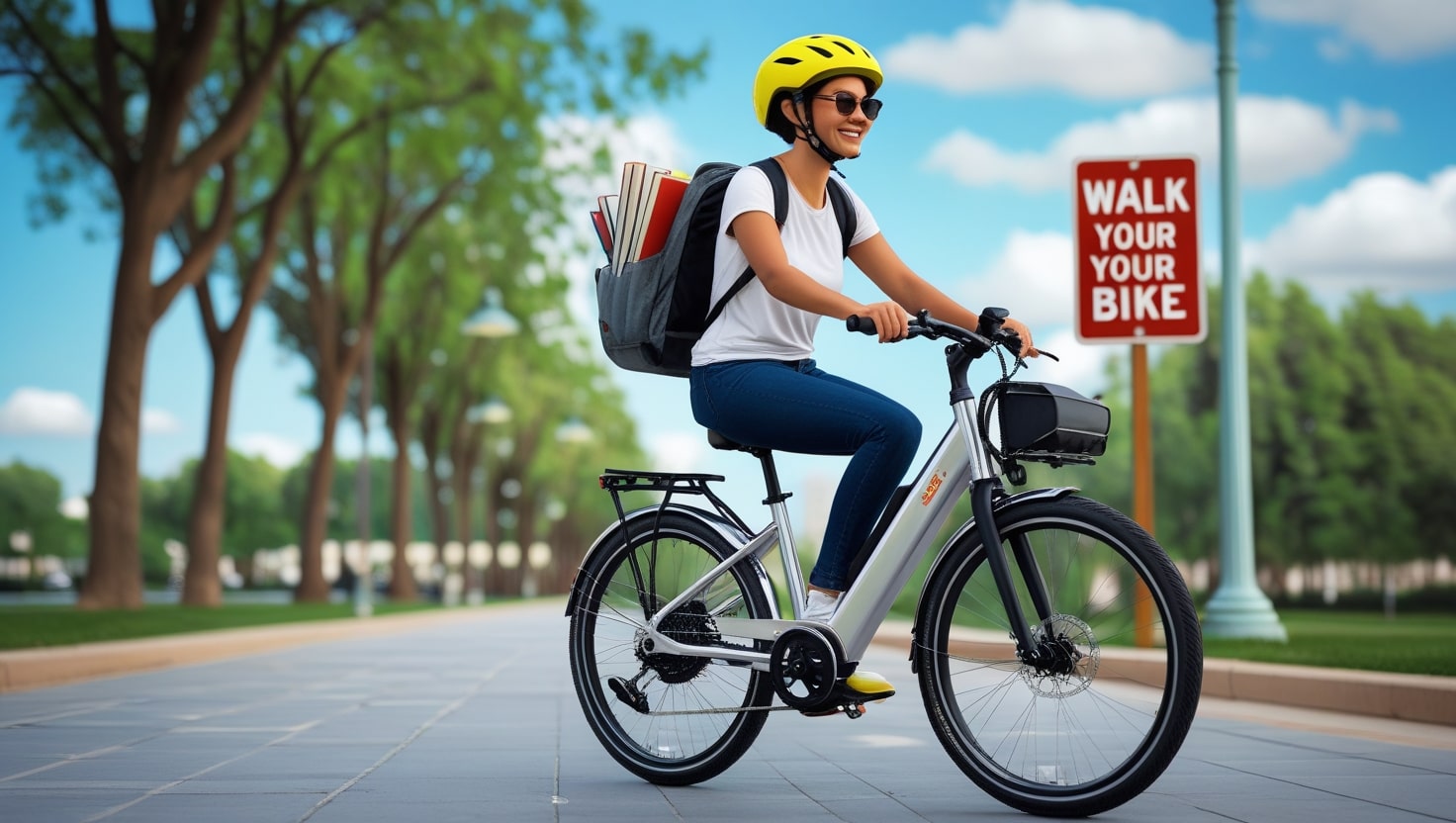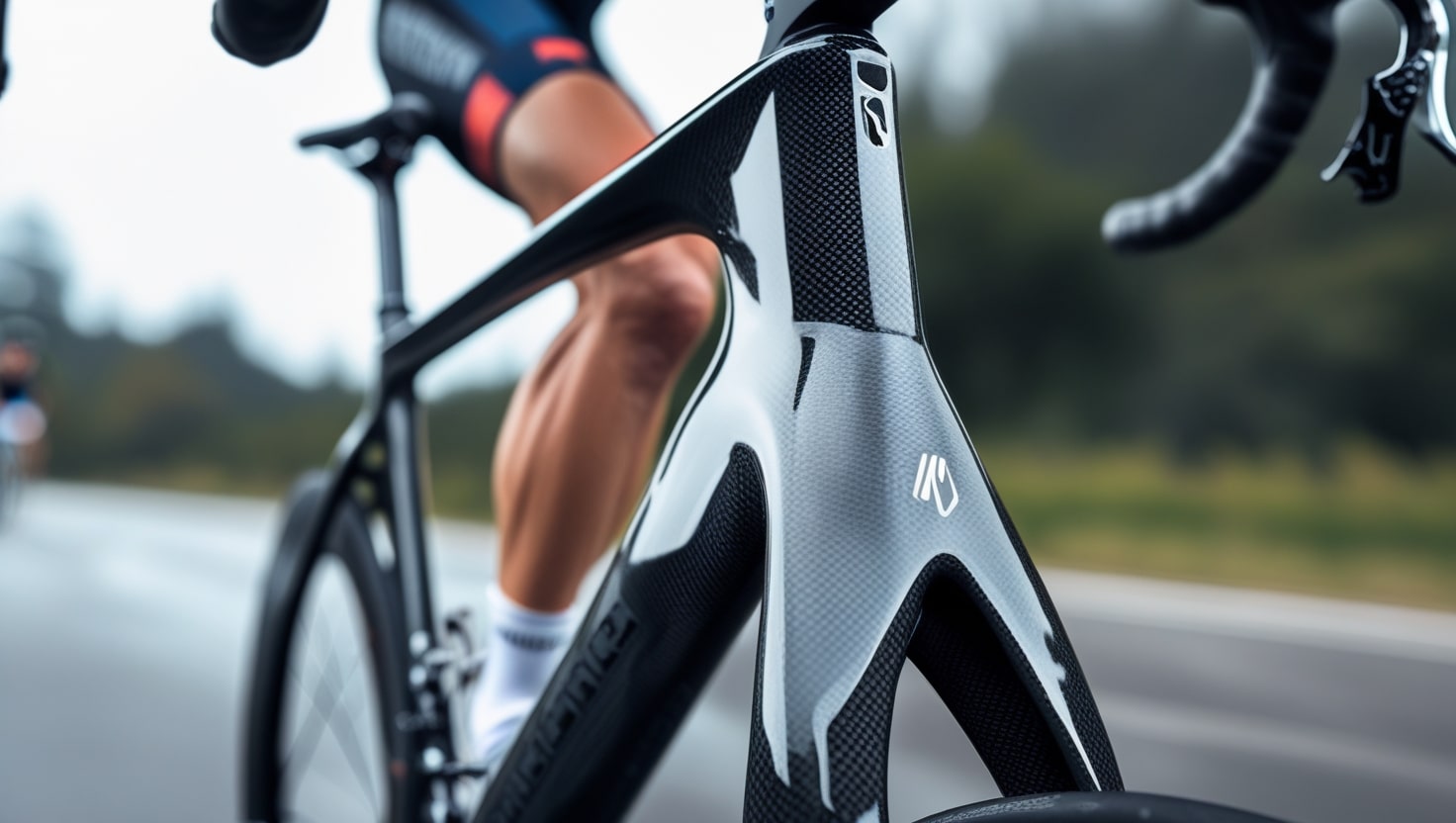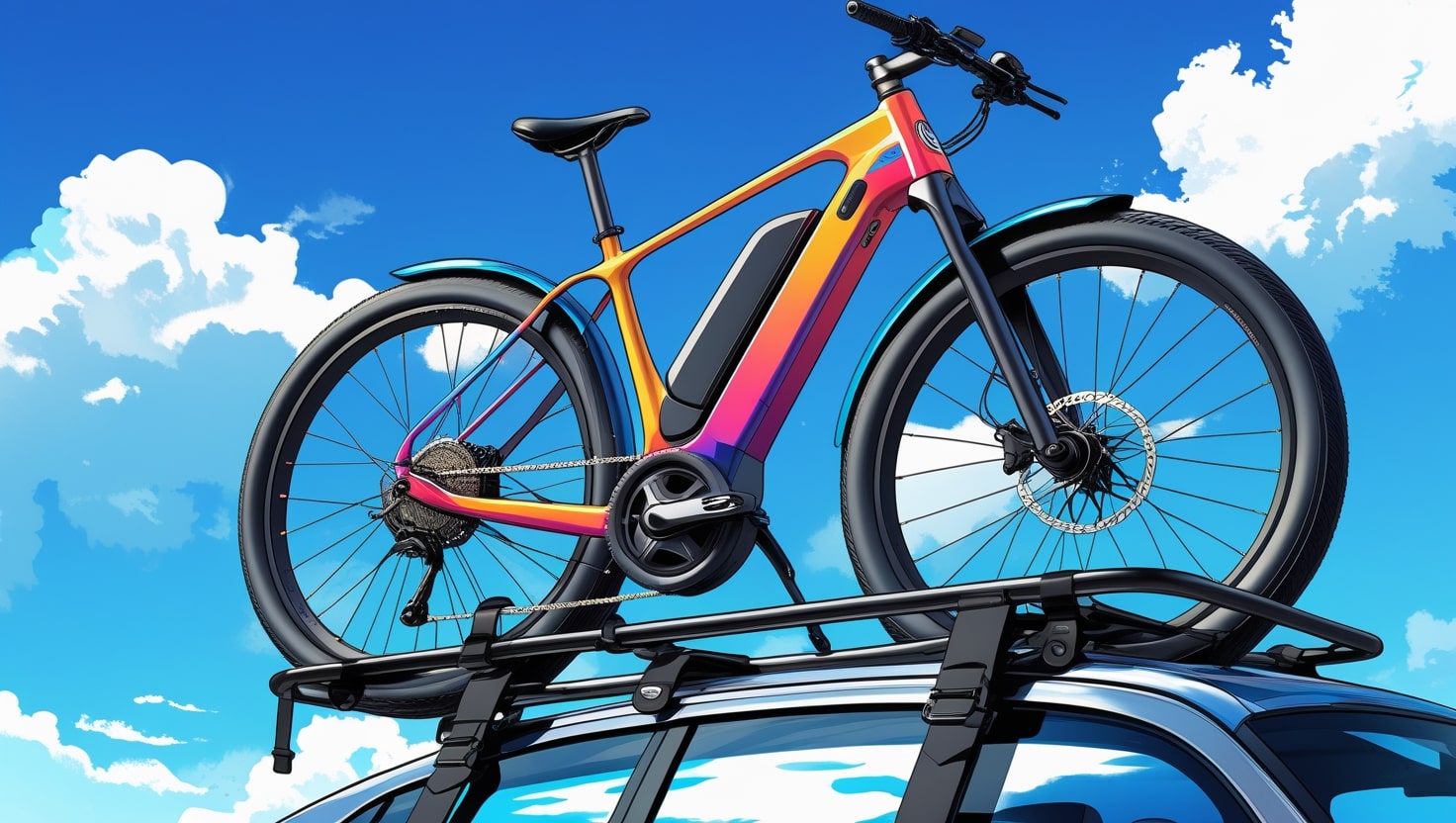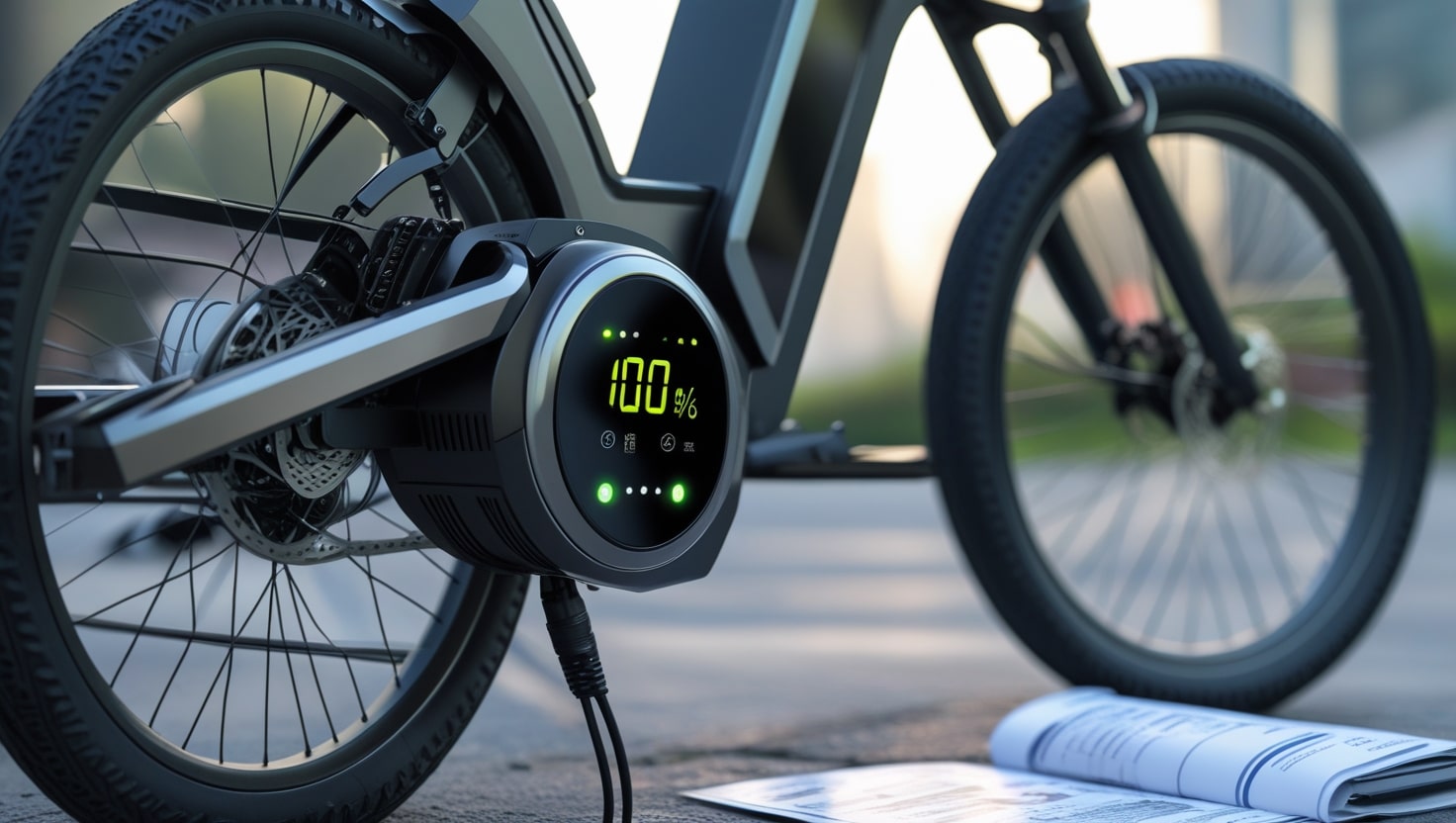When I decided to buy a used bike, I wanted to make a smart and economical decision. However, I quickly realized that it could be a risky choice if I unknowingly bought a stolen bike. With the increase in bike thefts around the globe, it’s essential to ensure that my new-to-me ride has a legitimate past. To help others navigate this process, I’ve compiled a list of tips and resources to assist in how to check if a bike is stolen
Tip #1: Check The Serial Number!
When you want to make sure a bike isn’t stolen, the first step is to find the serial number. It’s easy to do and takes just 15.7 seconds—we even timed it!
Start by checking if the serial number is listed in the advertisement or post if you’re buying online.
If not, ask the seller for it before agreeing to meet up. When meeting in person, look for it engraved near the cranks or scan a QR code if available.
Once you have the serial number, copy and paste it into an online bicycle registry like
BikeRegister.com
Project529.com
BikeIndex.org
These registries will tell you if the bike has been reported as stolen or if it’s a valid frame ID. If the serial number is invalid, it might mean the bike was never registered or the engraving has been altered.
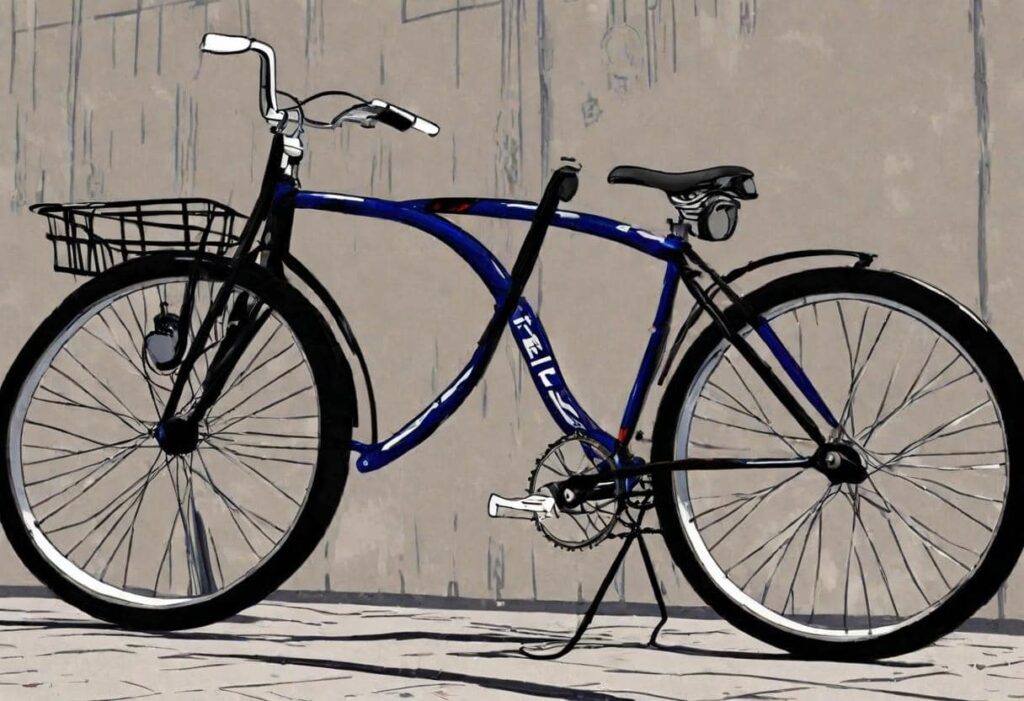
Tip #2: Pay attention to details to find out if bike is stolen
We often have gut instincts, and it’s important to pay attention to them. If something feels suspicious about the bike or the seller, you should pay attention to that feeling. Be aware of some warning signs, such as:
The bike doesn’t match the seller
If the seller is an 8’ tall adult trying to flip a bicycle that seems more suitable for a teenager, it might be a red flag. While there are always exceptions and people sell bikes for different reasons, if things aren’t matching up and it doesn’t feel right, trust your instincts. A mismatched situation could indicate that the bike is stolen and not legit.
There’s fresh paint or the bicycle has been spray painted
If you notice a fresh coat of paint, the seller might be trying to change the color to avoid getting caught if the bicycle was stolen. They could also be trying to fix it up for the listing, so be careful and keep your eyes open. If the bike appears to be spray-painted, the seller likely raced to cover up the bike’s make, model, serial number, or even signs of rust and damage.
There’s fresh paint or the bicycle has been spray painted
When inspecting a bicycle, pay attention to any weird stickers in strange places on the frame. These might be attempts to cover etched tracking numbers that the police have put on stolen bikes. If the original owner registered their bike online, they might have a registration sticker with QR codes meant to be scanned if the bike is stolen and needs to be returned. Thieves might use stickers to cover up these visual deterrents.
Look for signs of vandalism like a frame bent, damaged parts, chipped paint, tiny cracks, or dents. These might be collateral damage from when the bike’s lock was cut. While bikes can get bent for a variety of reasons, such indicators could be red flags if the situation seems sketchy.
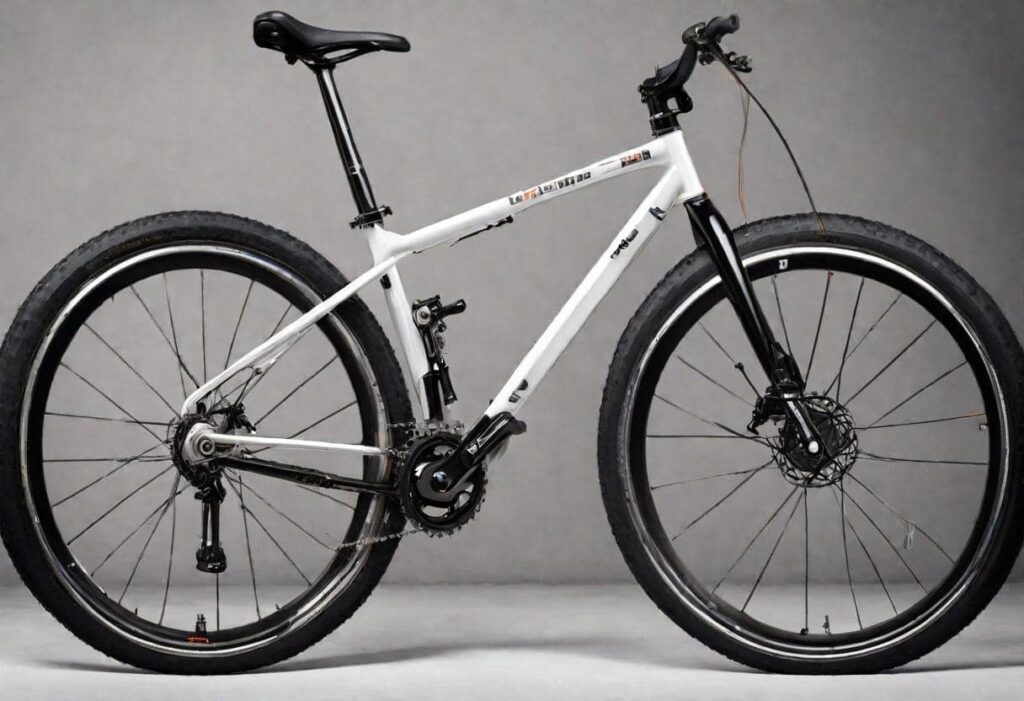
Tip #3: If It’s Too Good To Be True, It Probably Is
If the price of a bike seems unreasonably low or high, be cautious. The seller might be looking for a quick buck or trying to unload it quickly. A seller who knows the true value of a bicycle will usually price it appropriately, unlike someone getting rid of a stolen one.
Related: How to Store Bikes Outside
Request Actual Photos of the Bike
When checking an ad for a bike, be wary if the seller uses only stock photos in their advertisements. This method can help prevent the bike from being identified. Always ask for actual photos of the bicycle. A legitimate seller will have no problem providing real pictures, while someone selling a stolen bike might be hesitant or unwilling. If the seller refuses to provide real photos, it could be a sign that something is wrong. Be cautious in such situations.
Ask for Proof of Ownership
A legitimate seller should be able to provide proof of ownership, like the original receipt, a user manual, or warranty information. While this doesn’t guarantee that the bike isn’t stolen, it can help build your confidence in the seller’s credibility.
Assess the Seller
Pay attention to the seller’s behavior and communication. If they are vague about the bike’s history or pushy about closing the deal, be cautious. Sellers who refuse to meet in public or insist on cash transactions are showing warning signs. This might mean the bike is stolen. Trust your instincts—if something feels off, it’s best to walk away from the deal.
Final Thoughts
Purchasing a used bike can be an excellent way to save money and find a quality ride, but it’s essential to do your due diligence to ensure you’re not buying a stolen bike. By following these steps, you can safely buy a used bike and enjoy the many benefits of cycling without worrying about knowingly supporting bike theft.
FAQs
How do you tell if a bike is stolen?
To identify if a bike is stolen, check for a serial number, signs of tampering, and unusual stickers. Ask the seller for proof of ownership like an original receipt or warranty information. Be cautious if the price is too low or if the seller is vague about the bike’s history. Always trust your instincts—if something feels off, walk away.
How do you check if a bike is stolen free?
To check if a bike is stolen for free, start by finding the serial number and using an online bicycle registry like BikeRegister or BikeIndex. Look for signs of tampering or unusual stickers. Ask the seller for an original receipt or warranty information. Always trust your instincts—if something feels off, it’s best to walk away.
How to look up a bike serial number?
To look up a bike serial number, first locate it on the bicycle frame. Check near the cranks or handlebars. Use online registries like BikeRegister or BikeIndex to verify if the bike is stolen. Enter the serial number and review the results. If the serial number is invalid or missing, be cautious.Always request proof of ownership from the seller.
How to search for a stolen bike?
To search for a stolen bike, use online registries like BikeRegister and BikeIndex. Enter the serial number to see if it matches a reported stolen bicycle. Check local classifieds and social media groups where people report stolen bikes. Visit pawn shops and bike shops to inquire about recently stolen bikes. Always ask the seller for proof of ownership and be cautious if the bike’s history seems unclear.


